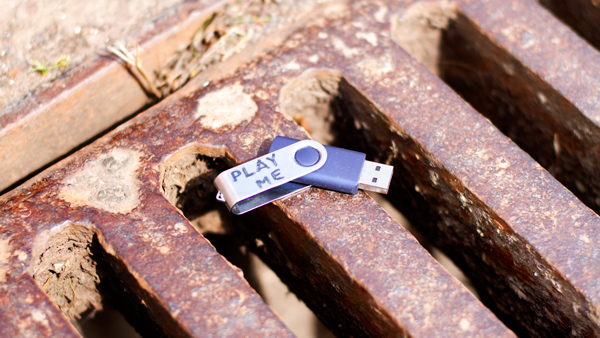Found Footage
You don't necessarily have to shoot everything yourself in order to make a film. There are all sorts of exciting, creative and serious things you can do with 'found footage' (ie someone else's). Indeed, it's a great idea for a group to practice with this kind of material before embarking on more ambitious projects, but it's also worth doing it for its own sake too. Working with found footage is sometimes called a "mashup"
If you are working in a school setting you have a lot of flexibility for reusing material as long as you have no intention of publicly sharing the work. More about copyright in UK schools.
Finding material
There are increasing amounts of material readily available to work with
Found film, sound and still images are often provided under a Creative Commons licence. This is a great concept, which allows creators to choose from various usage options for free. Filmmakers choose to allow reuse of their work non-commercially as long as they get credit. You can find out more at the Creative Commons' website.
Editing
Simply use your preferred edit software to create a programme, the main challenge is getting clips (usually from the internet) into a convenient form to edit
Downloading and converting clips
Many videos on youtube and Vimeo are Creative Commons, so suitable for re-editing. On Vimeo videos you quite often have the option to download, and use this excellent Firefox add-on to download from YouTube.
If you have don't have software to convert video files into a format your computer likes, then this online software from Zamzar is fine.
Found movies
- Scotland on screen
- Film Education have information and editing exercises on their (live but discontinued) site.
- YouTube have clips tagged if they are creative commons.
Found sounds and music
- YouTube often has good clips available, using a good google search helps, we used - prosound effects atmosphere youtube - and this organisation turned up and they have hundreds of good sounds. You'll need to check they're rights free, and work out a way to download the sound without the picture if possible.
- The Freesound Project provides a variety of sounds all for free, and these are all good quality.
- Pixabay is another great place for royalty free music and sounds (image section as well)
- BBC Sound Effects Some great sounds here.
- AudioJungle is not free, but there is some good quality ready to use music here.
- Sounddogs has a massive selection of ok sounds.
- Soundsnap is great resource that a lot of the film industry use. If none of the free sites can help you - try this.
- Freesfx is ok and quick to use - scroll down past the blue sounds to the free orange ones.
- Jamendo has a good archive of music where each item is £4, the quality here is pretty high.
- The Audionetwork offer good rates for what they call student productions, at about £1.
- For more mashed up mixes try ccmixter or the dated but still available funkyremixes.
Mac users can convert most audio formats in iTunes, and PC users can use Audacity.
Where to find found images
Everyone is used to Googling for images to use in projects, however it is worth talking to pupils about copyright issues and directing them to a site like flickr for their searches. These are some good starting points
- Creative Commons Search
- Flickr has many pictures under Creative Commons, and is
- Scran (images and clips) (images and clips free for teachers)
- Free Stock photos, Open Photo, Pixel Perfect Free Stock Photos
- NASA space photos
- NOOA weather & nature
